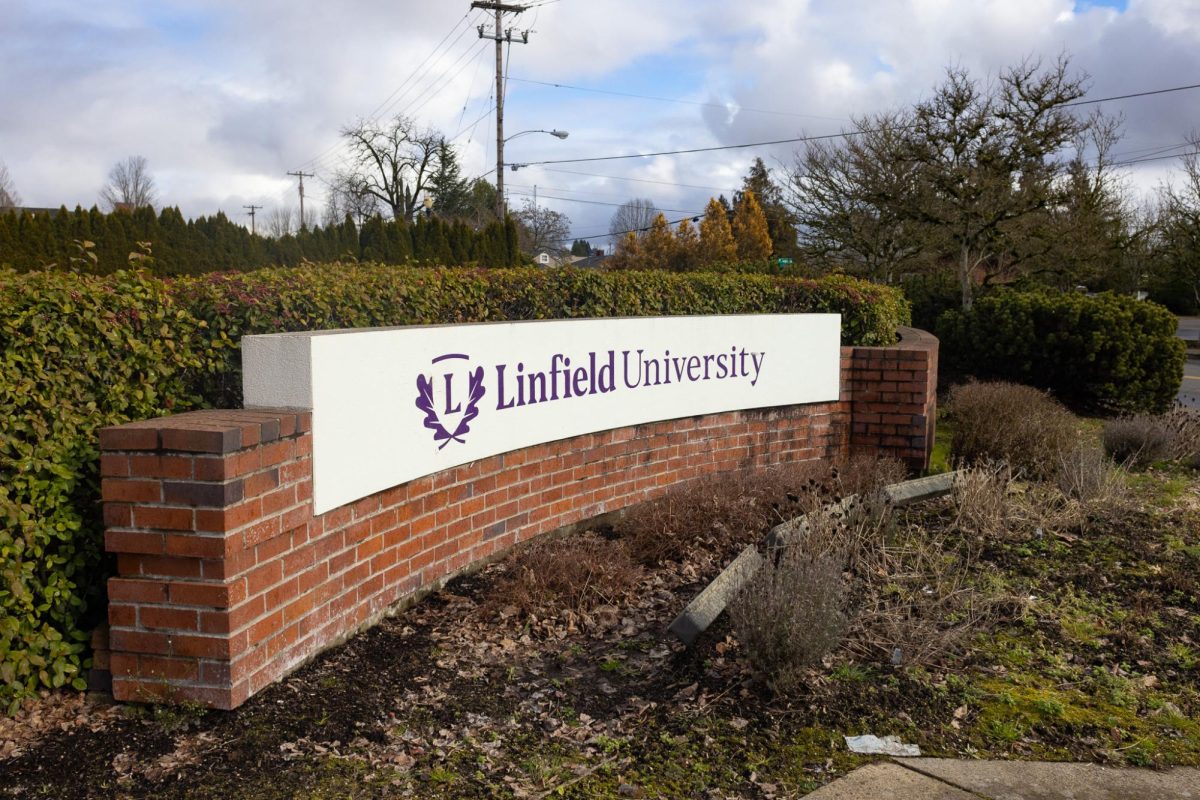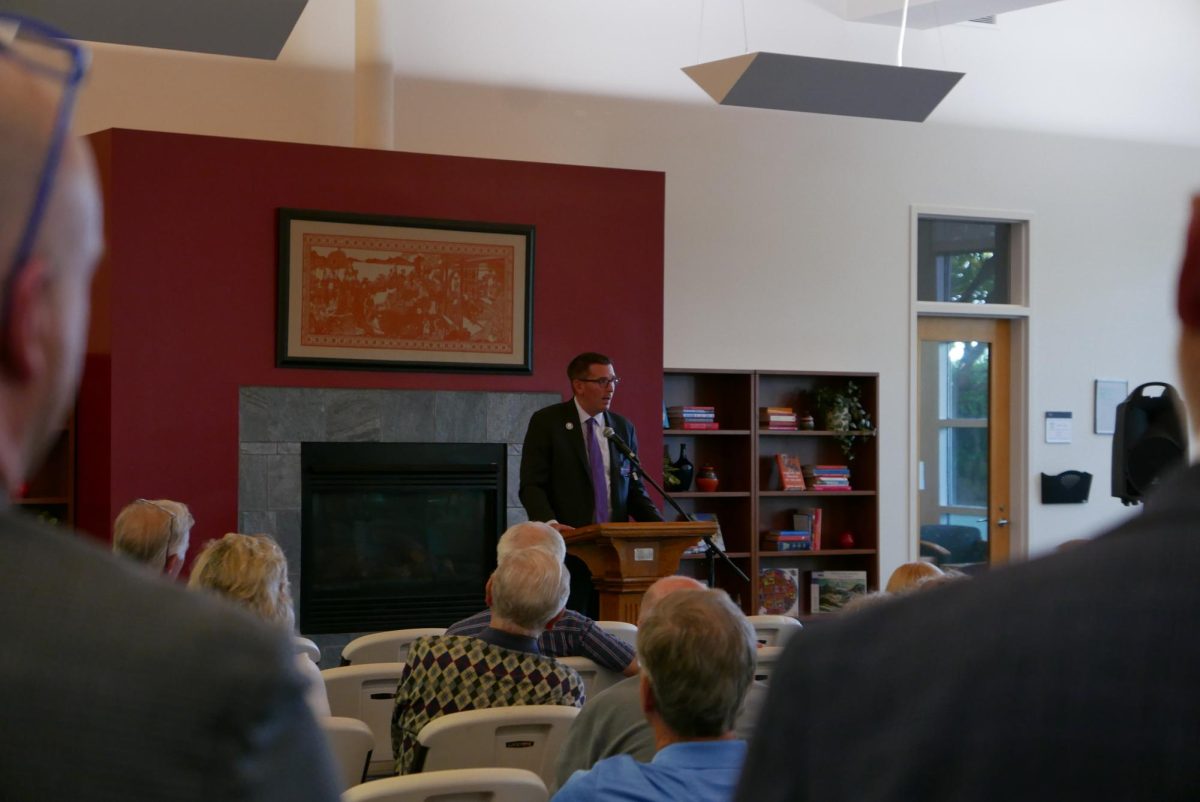The Latest draft of the Reorganization, Elimination, and Merger (REM) process to reduce a $4.9 million budget deficit was announced to students at a university town hall on Sept. 17. This process is mandated by a resolution passed last year by the university Board of Trustees.
The REM process is meant to address academic programs that can be cut or modified in order to reduce expenses to help balance the university’s budget. This process only affects the College of Arts and Sciences (CAS), and has been ongoing since last spring. This month’s town hall marked the first since the town hall on May 14 that was the subject of student criticism.
The REM process has progressed immensely since May. Now that the proposal has been officially approved by the Board of Trustees, we know what this round of changes will be.
Programs being discontinued include French language and culture (the minor will be kept), global cultural studies, global cultural studies emphasis tracks (Latin American/Latinx studies will be kept as a minor), intercultural communication, Japanese language and culture and religious studies.
“So you’ll see that it affects a total of five students,” Provost and Vice President of Academic Affairs Beth Concepción said. “Five students for the discontinued majors and majors to be merged at 16 students.”
The majors to be merged into one are studio art and digital art, but with two tracks to allow for students to pick which one they want to focus on.
For the five students whose majors are being cut, a teach out program will allow them to complete their degree. For incoming students looking to major in a program that is due to be cut, there is an opportunity for them to enroll in it as well. The only exception would be students looking to enroll in the Japanese major and global cultural studies with a Japanese emphasis, who will no longer be able to enroll in those programs.
“We’ve communicated that to all the students who have declared these majors,” Concepción said. “And also we had some interest in incoming students. We communicated with them, too, and said, hey, go ahead and declare these majors if you’re interested so that we can make sure to make a plan for you to teach that out.”
The announcement that nobody could no longer enroll in Japanese was one that came too late for some.
“[I know] a freshman that came in this year who talked about how he applied and chose to come to Linfield just for Japanese,” Amanthis Allen, who is undecided on her major, said. “Only for them to remove it as a major a month before school started and he couldn’t change schools then.”
Students must declare in one of the other cut majors by Oct. 15.
Another addition to the proposal was a pilot program that is meant to empower CAS faculty in recruitment initiatives.
Missing from the draft were superdepartments. These would combine current departments together in a bid to reduce costs. One example from earlier proposals was to combine sociology, anthropology, environmental studies, and economics to create the Department of Social Sciences. However, these could come back in the future.
“The second draft had super departments in it, and we stripped it out because we needed to have more discussion about it,” Concepción said. “But we’re talking about it, and we want to do it again because right now philosophy has two people in the department. And I think environmental studies has one and a half. It doesn’t make a real robust department, so we should probably look at combining those to make it a little bit more efficient.”
University budget cuts will be coming in two phases. The first phase is close to its conclusion, but the second phase will see more cuts.
“Faculty are going to work on this next phase so that we can get it right and make sure that there’s a lot of faculty input and student input as well as we go through this next phase,” Concepción said.
Mike Wentz, vice president of finance and the CFO, explained that there are a lot of reasons for optimism once the budget is balanced. This optimism centered around what a balanced budget could do to open up space for improving how the university operates as a whole.
“When we get our [operation costs] in an efficient manner, we’re really excited about what this sort of financial help can do,” Wentz said. “We have part of the reorganization of our computer system, our enterprise research platform, our ARB, [all] to make sure we have efficient technology to deliver exciting things. [And] the activation of the vacant space at the South Edge campus.”
These are some of the areas that Wentz believes Linfield can use the advantage of having no budget deficit to improve overall operations, especially as the emphasis is no longer on reducing as much cost as possible.
Wentz also reiterated multiple times that not only does Linfield have a strong asset base, but also has many reasons for optimism.
The proposal was sent to the executive committee of the Board of Trustees for approval on Sept. 19. It came with this statement from Academic Council that was also endorsed by the university cabinet:
“Academic Council recognizes that the REM Proposal that came to Academic Council July 10 is only one step in the process to balance the budget and that other steps must be taken in the next year to meet the Board of Trustees’ February 2025 resolution,” the statement said. “To reach a balanced budget as directed by the Board of Trustees, Linfield University must continue to make progress toward the 13:1 student-to-instructor ratio, and balance to a 1.4:1 staff-to-instructor compensation target.”
These further cuts that will be needed are to clear the rest of the budget deficit. That deficit currently sits at $1.7 million.
Concepción hinted at what the next phase of the REM process may look like in an email.
“The College of Arts and Sciences Dean Gennie VanBeek, members of the CAS Leadership Council, department chairs, faculty and I will be working on a plan to meet the 13:1 student-to-instructor ratio in that academic unit as soon as possible,” Concepción said. “I don’t have specifics as to what that plan will look like, although for a start, I’m a fan of combining some smaller departments to, I hope, improve collaboration and efficiency (as I mentioned at the student town hall).”
Combining smaller departments has been a contentious idea with students. Last May, many were opposed.
“I would not have gone to Linfield if that were the case when I came here,” Dominic Thompson, a junior theater major with a music and philosophy minor, said in May. “I, if that does become the case, will not suggest that any theater student come here in the future.”
These sentiments stem from concerns that superdepartments would cause programs to become saturated with classes within that department but not relevant to the field of study.
According to Concepción, the schools of business and nursing have met the desired 13:1 student to instructor ratio. CAS is the only academic part of the university that is yet to reach that goal.








